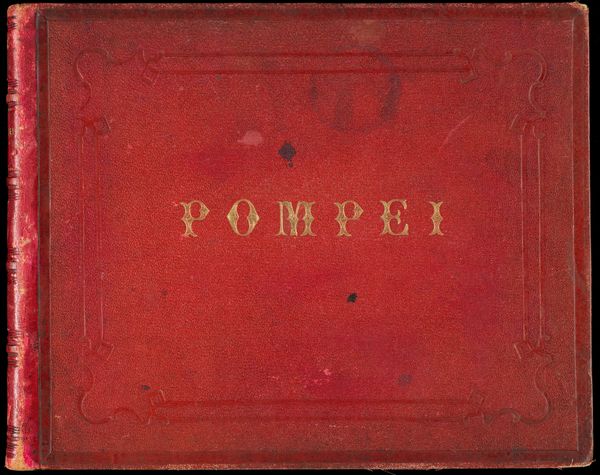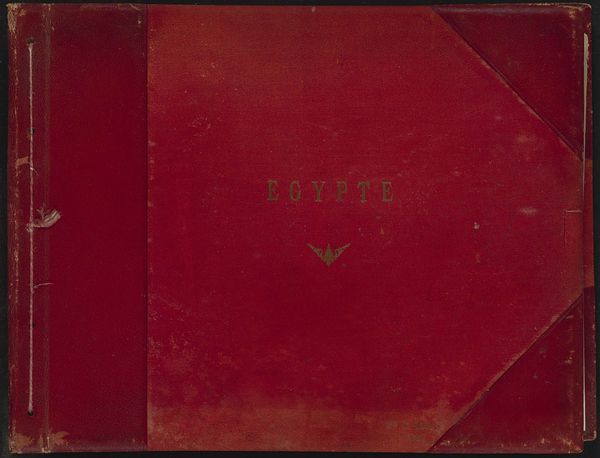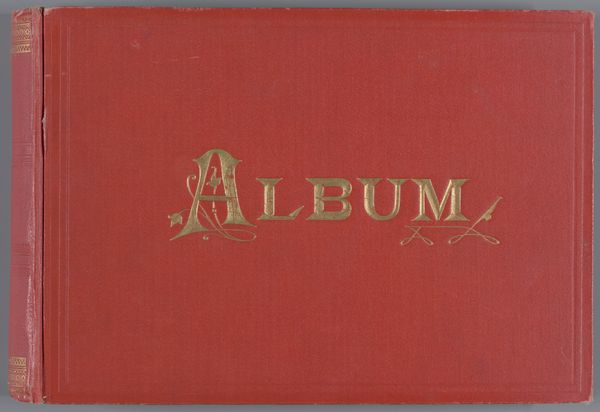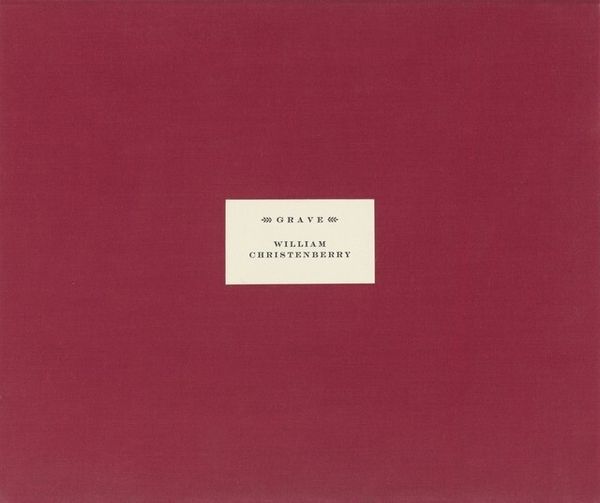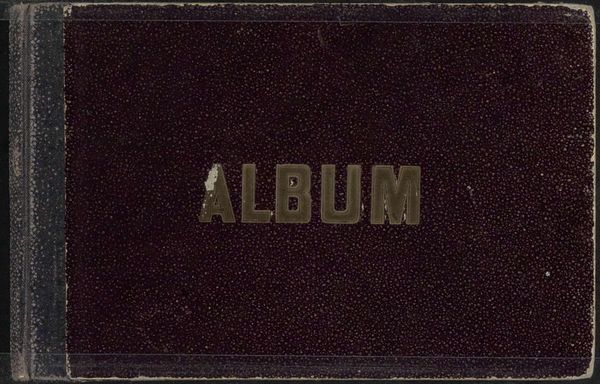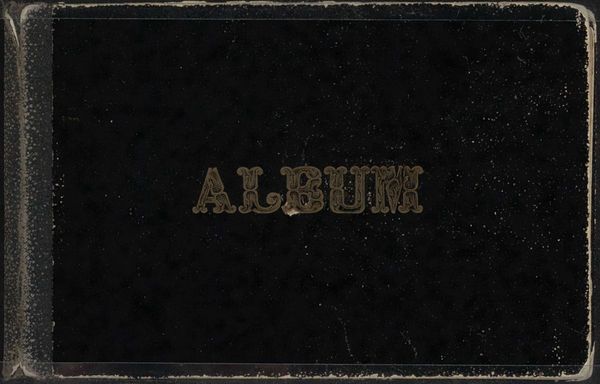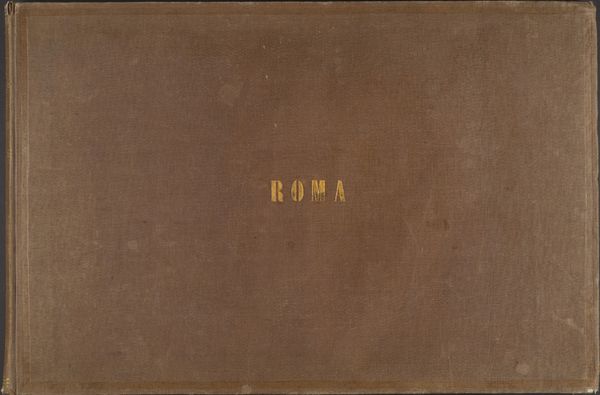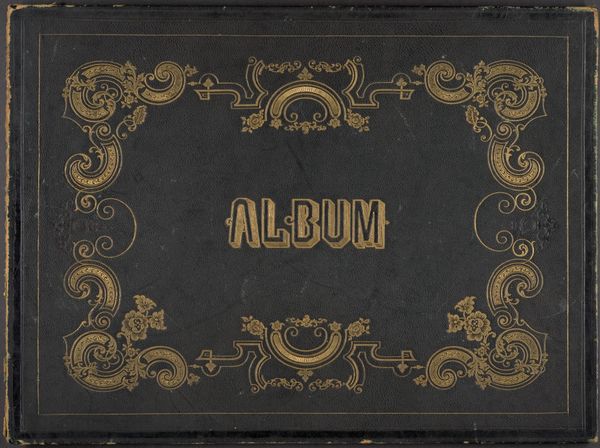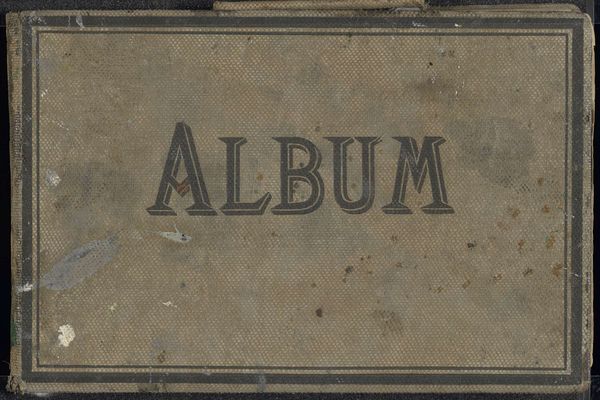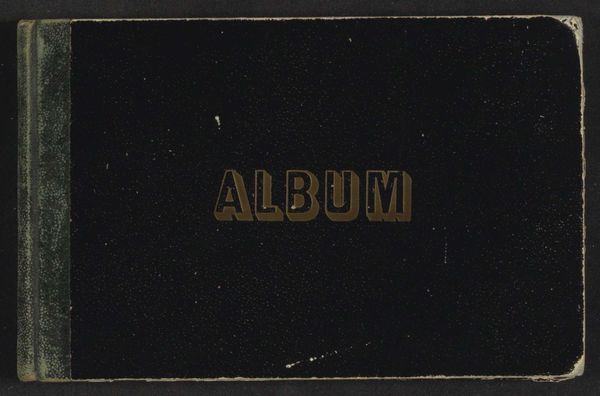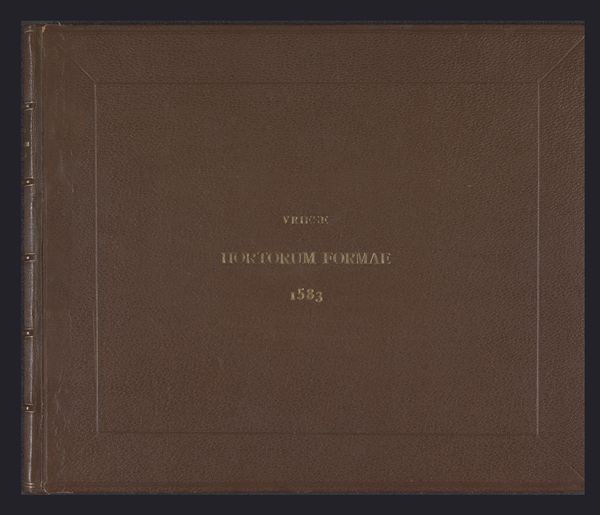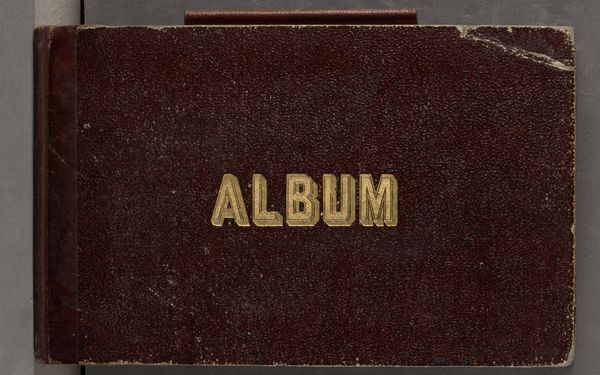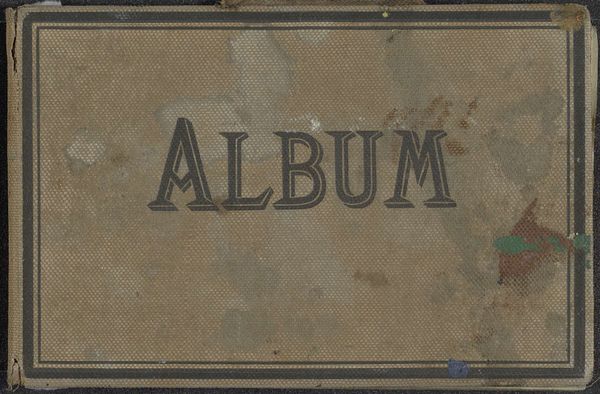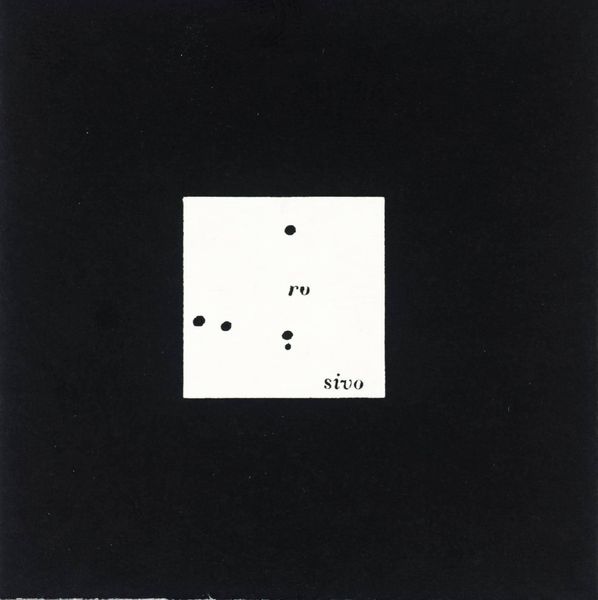
Fotoalbum met opnames van opgravingen in Pompeï door Giorgio Sommer c. 1867 - 1900
0:00
0:00
print, photography, albumen-print
# print
#
landscape
#
photography
#
coloured pencil
#
ancient-mediterranean
#
albumen-print
Dimensions: height 183 mm, width 460 mm, width 227 mm, thickness 23 mm
Copyright: Rijks Museum: Open Domain
Editor: We’re looking at a photo album by Giorgio Sommer, created between 1867 and 1900, entitled "Fotoalbum met opnames van opgravingen in Pompeï". It appears to be an elegant volume with the word "POMPEI" emblazoned in gold lettering against a subdued reddish background, perhaps the color of the frescoes found within the city itself. I wonder, what visual elements strike you most profoundly about this album? Curator: Formally, the image is defined by a striking juxtaposition of textures. Note the smoothness of the leather against the sharp, geometrical embossments near the edges. This contrast, further accentuated by the subtle variations in the leather's patina, creates a visual tension, pulling the eye across the surface. How do you see that interaction affecting the legibility of "Pompei," literally the surface text? Editor: It brings attention to the title but also the craft of creating the album. The album's objecthood and construction almost overshadows its documentary content. Curator: Precisely. Consider the weight of that typography. The choice of font and its gilt application elevate the album beyond mere record-keeping. It becomes an artifact, its very design emphasizing the importance and historical weight of its contents, pre-dating the ruins inside, and signaling cultural regard. Do you perceive that Sommer wants us to admire the subject or revere its portrayal? Editor: That's a clever question! Probably both, as the album serves both purposes, I think. It's something beautiful documenting something historical. Curator: I see in the album, particularly through its material presentation, an early and reverent engagement with both archaeological discovery and its dissemination through visual media. That gives insight to its historical setting. Editor: That’s fascinating. Thinking about the composition, I'm now realizing how much information the cover conveys without even seeing what’s inside. Curator: Agreed. There are semiotic arguments layered into the surface and dimensions that indicate how the archeological dig site was not only an active excavation but also the source of incredible aesthetic fascination.
Comments
No comments
Be the first to comment and join the conversation on the ultimate creative platform.
